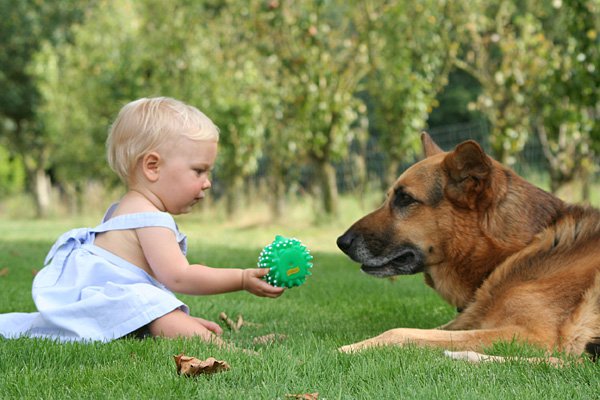
The beef industry consists of various segments of production. The function of this diverse industry is to produce a live beef animal from which high quality beef is ultimately delivered to the consumer. Newcomers to the business should have some understanding of the structure of the beef industry. They need to understand what takes place in each step of the industry and how the various segments mesh together.
The beef cattle industry is composed of six basic segments: (1) the purebred breeder, (2) the commercial producer, (3) stocker or backgrounding operations, (4) the cattle feeder, (5) the beef packer and (6) the retailer.
The purebred breeder maintains seed stock to provide bulls and, occasionally, females for the commercial producer. The commercial producer provides feeder calves and yearlings to the stocker operator who, in turn, furnishes the cattle feeder who provides the packer with finished cattle ready for slaughter. The packer slaughters the cattle and provides the retailer with either dressed carcasses or wholesale cuts from these carcasses. The retailer cuts, trims and packages the beef for the consumer. Interdependence exists among these segments because each affects cost of production or desirability of product or both. The profits that accrue to all segments of the beef cattle industry depend on continued improvement in productive efficiency and carcass merit.
All traits of economic value should be considered when selecting beef cattle. The major traits influencing productive efficiency of desirable beef are: • reproductive performance or fertility • maternal ability • growth rate • feed efficiency • body measurements • longevity • carcass merit, and • conformation or structural soundness
Maximum production efficiency is not necessarily related to maximum performance levels in all of these traits due to unfavorable genetic associations between certain traits. For example, high levels of milk production and large cow size are associated with rapid growth rate in the calf but are not desirable when feed supplies are limited because reproduction in the cow is adversely affected.
Raising beef cattle involves a lot of resources. The most basic requirements to this kind of cattle farming for dummies include land and of course a cattle breed. About an acre or two of land would be good enough for your cattle to have for good pasture. Make sure that you have a fencing that is strong enough to hold your cattle in. It would also be a good idea to have a few trees on your pasture for some amount of shade. Now, choosing your cattle breed is more challenging.
Farming beef cattle can improve quality of life and provide great satisfaction and responsibility for families. Explore your options and then decide. If you would like more tips on raising beef cattle, please visit: www.howtoraisecattle.com
 Gift your Pets a Warm, Stay in Cosy Chicken Coops
Gift your Pets a Warm, Stay in Cosy Chicken Coops
Gift your Pets a Warm, Stay in Cosy Chicken Coops
Gift your Pets a Warm, Stay in Cosy Chicken Coops
 Dogs And Balconies - Staying Safe
Dogs And Balconie
Dogs And Balconies - Staying Safe
Dogs And Balconie
 How do you know if your dog or cat has allergy problem? Here are signs
How do you know if your dog or cat has allergy problem? He
How do you know if your dog or cat has allergy problem? Here are signs
How do you know if your dog or cat has allergy problem? He
 Grooming Your Cat
Grooming Your Cat
Grooming Your Cat
Grooming Your Cat
 Caring For A Ball Python
Caring For A Ball
Caring For A Ball Python
Caring For A Ball
Copyright © 2005-2016 Pet Information All Rights Reserved
Contact us: www162date@outlook.com